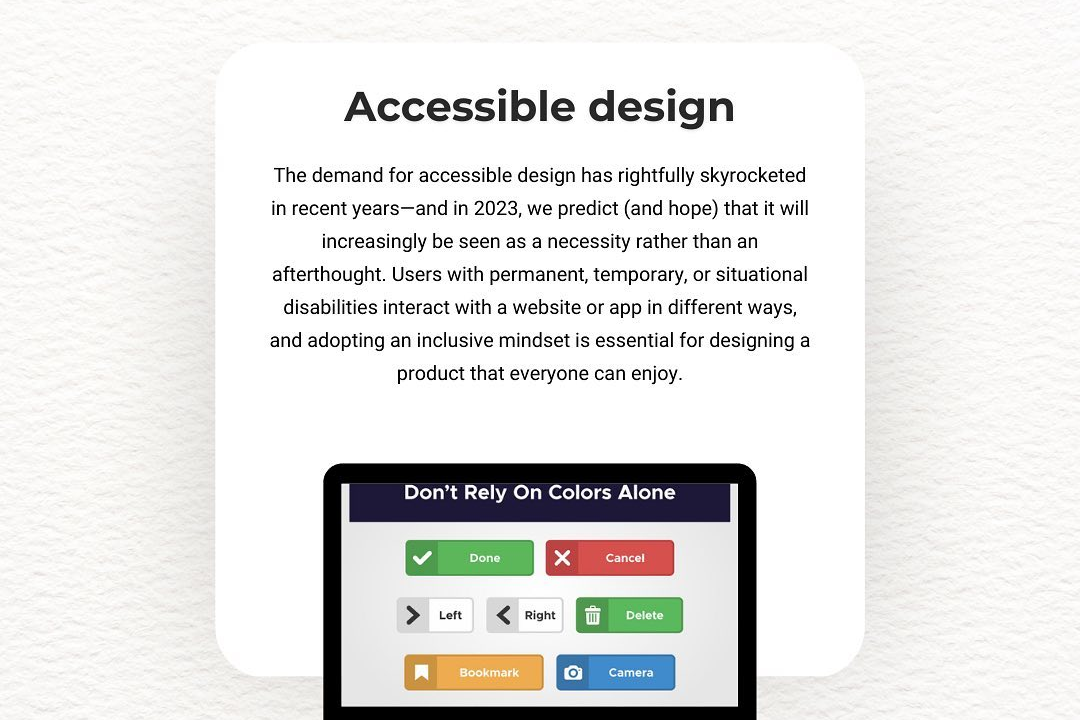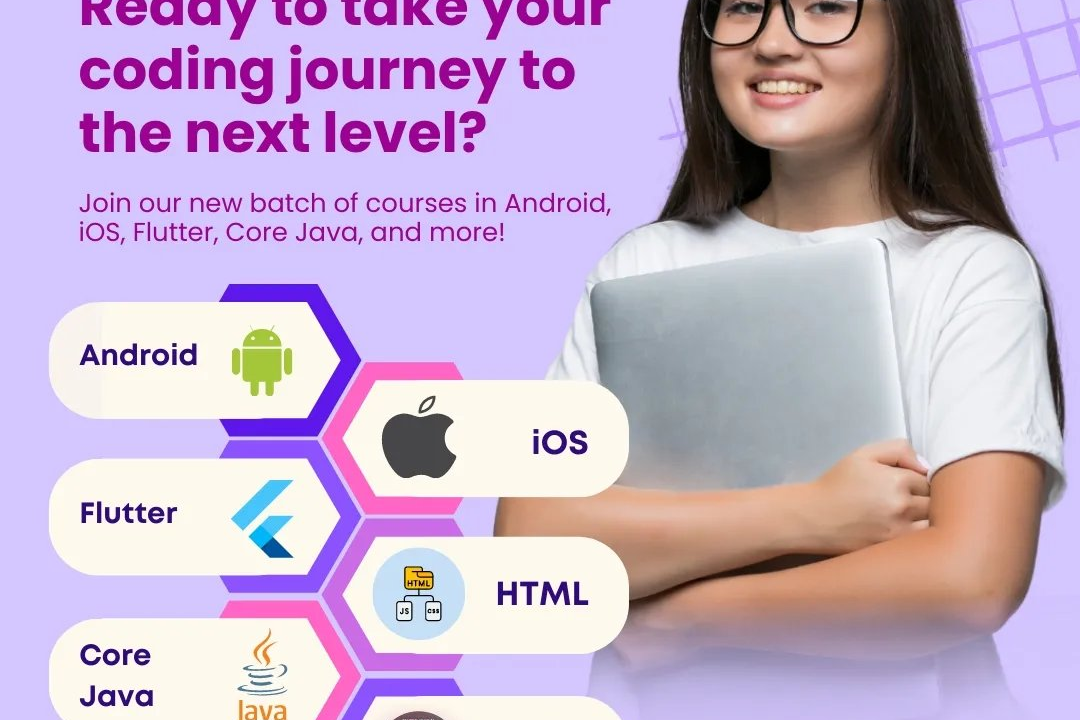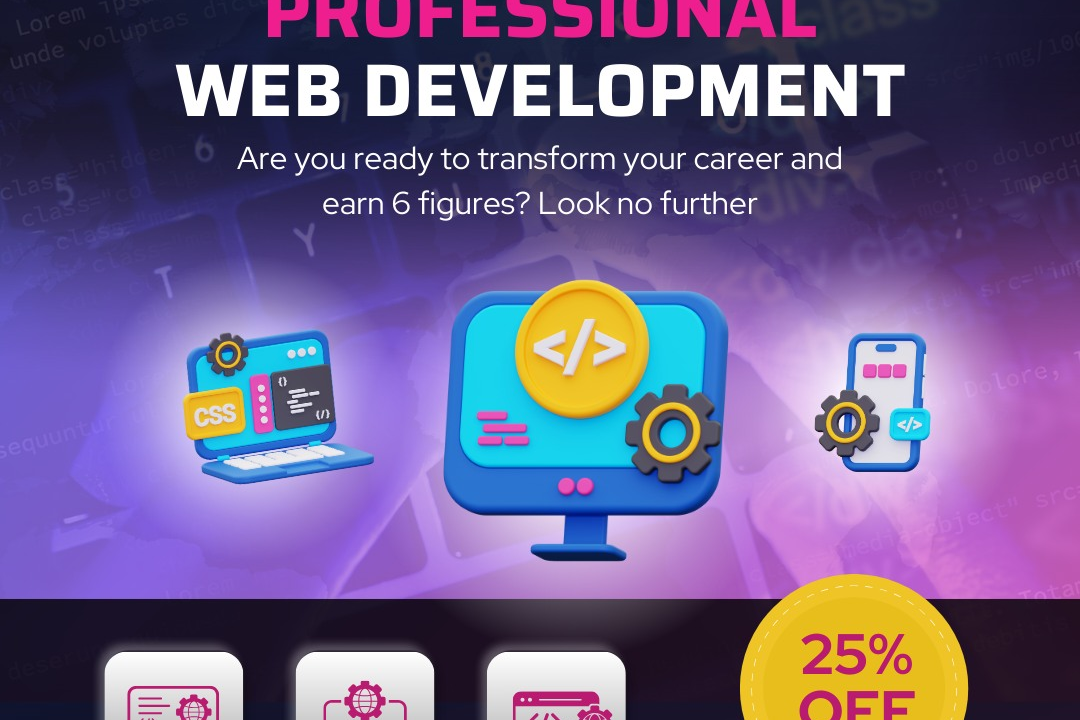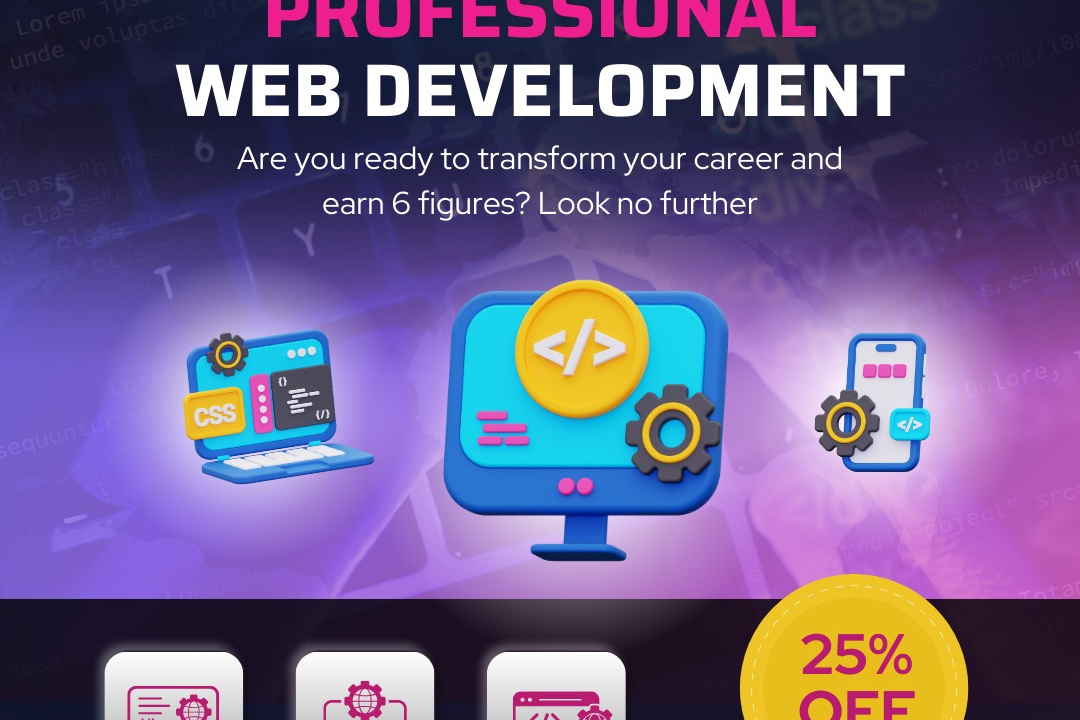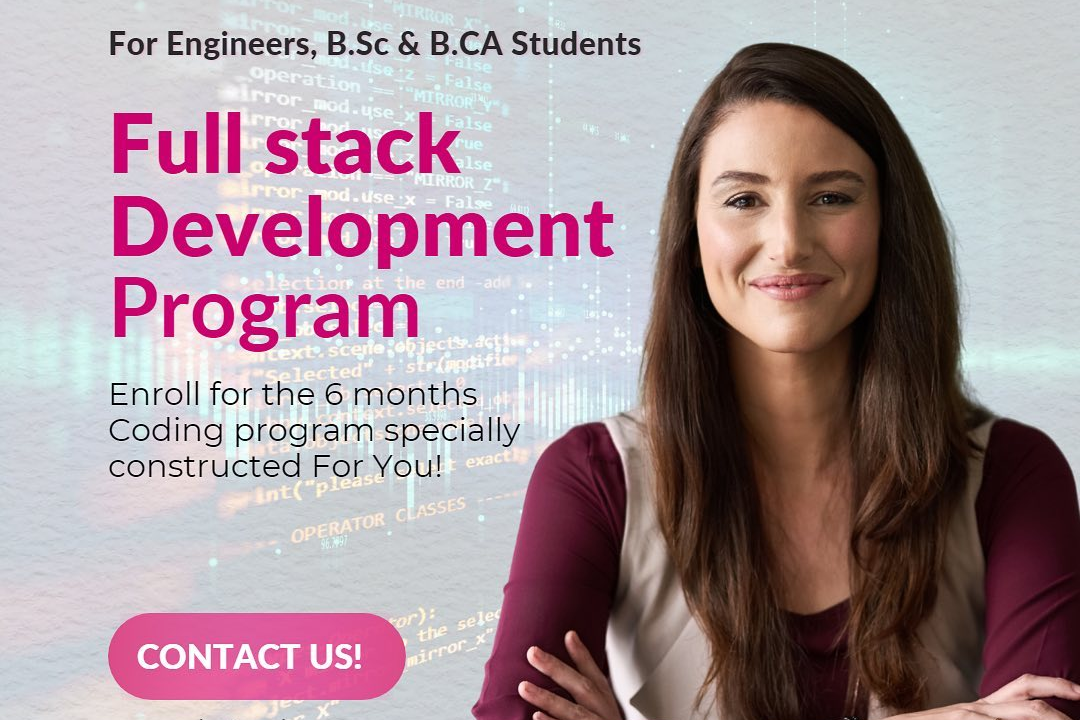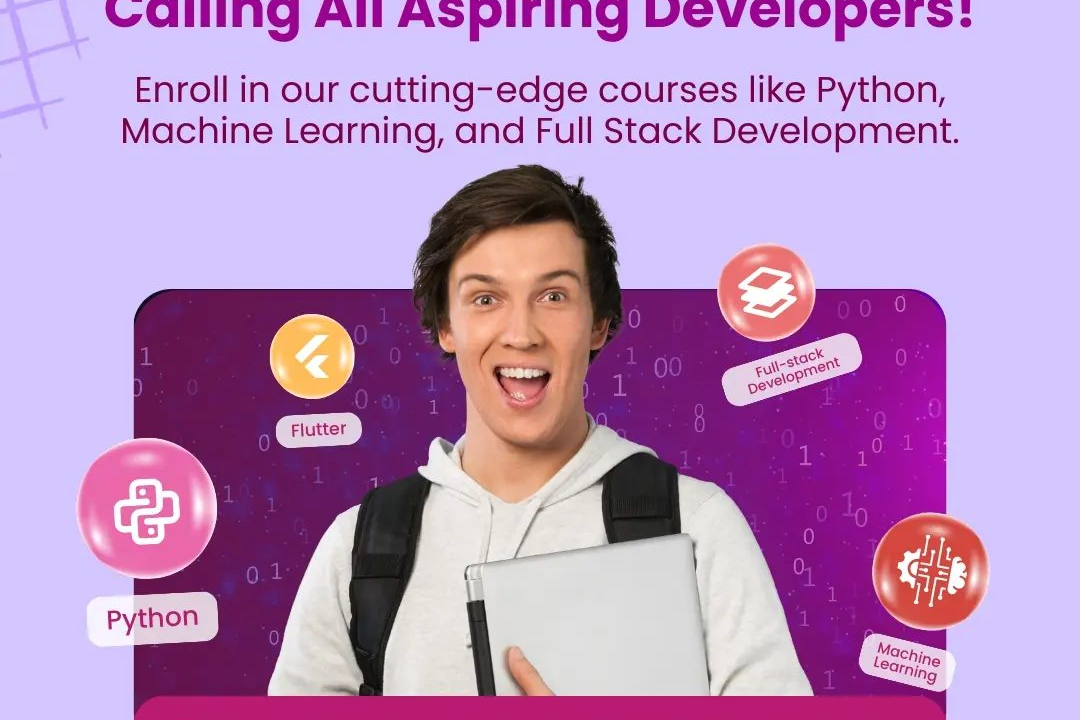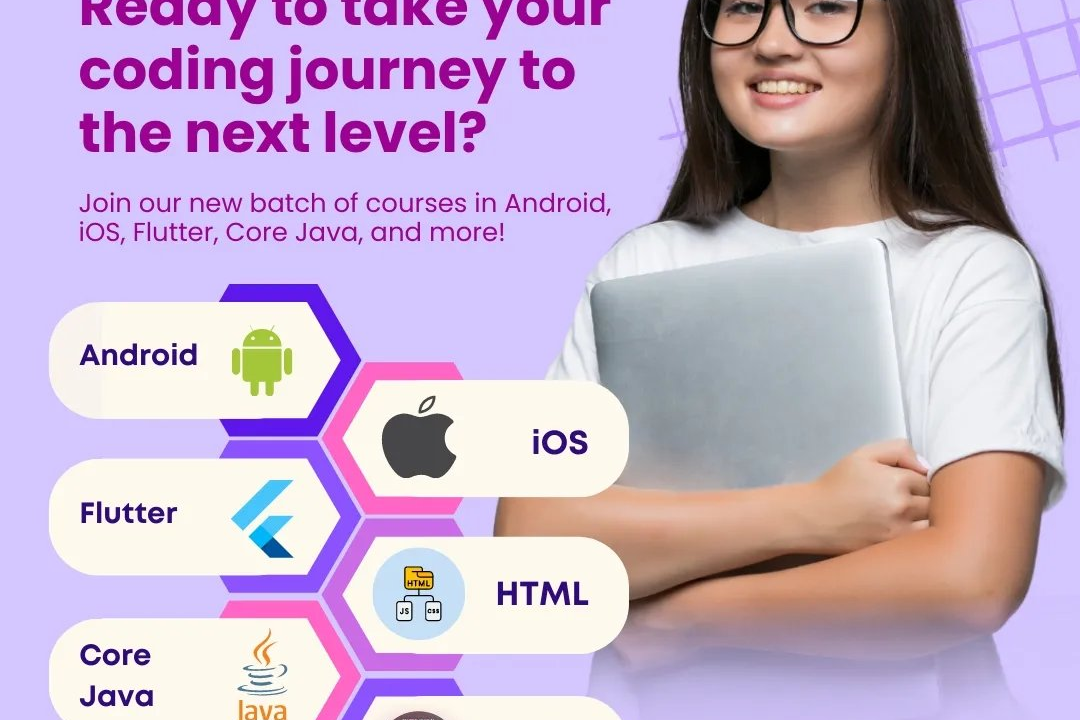Complete Php Program Of A Simple Form With Validation
A complete PHP program for a simple form with validation is a web application script that facilitate
Complete Php Program Of A Simple Form With Validation
A complete PHP program for a simple form with validation is essential for web applications as it streamlines the process of collecting user inputs while ensuring data accuracy and security. By incorporating validation checks—such as verifying required fields and adhering to specific formats (like valid email addresses)—the program enhances the user experience by providing instant feedback and guiding users in correcting errors. This not only helps maintain the integrity of the data collected but also prevents issues like SQL injection and other common security vulnerabilities. Ultimately, this approach fosters a more trustworthy and efficient interaction between users and the application, making it a critical component of any web development project.
To Download Our Brochure: https://www.justacademy.co/download-brochure-for-free
Message us for more information: +91 9987184296
A complete PHP program for a simple form with validation is essential for web applications as it streamlines the process of collecting user inputs while ensuring data accuracy and security. By incorporating validation checks—such as verifying required fields and adhering to specific formats (like valid email addresses)—the program enhances the user experience by providing instant feedback and guiding users in correcting errors. This not only helps maintain the integrity of the data collected but also prevents issues like SQL injection and other common security vulnerabilities. Ultimately, this approach fosters a more trustworthy and efficient interaction between users and the application, making it a critical component of any web development project.
Course Overview
The “Complete PHP Program of a Simple Form with Validation” course provides a comprehensive introduction to PHP programming through the practical implementation of a user-friendly web form. Participants will learn how to create forms that capture user input, integrate essential validation techniques to ensure data accuracy, and handle errors effectively. The course emphasizes real-time project work, allowing learners to apply concepts such as server-side validation, sanitization, and security best practices, culminating in the development of an interactive and robust web application. Ideal for beginners and those looking to enhance their web development skills, this course paves the way for future programming endeavors and real-world applications.
Course Description
The “Complete PHP Program of a Simple Form with Validation” course offers an engaging introduction to PHP by guiding students through the creation of a simple web form. Participants will learn to capture user input effectively while implementing essential validation techniques to ensure data integrity and security. The course covers server-side validation, error handling, and form sanitization, providing hands-on experience with real-time projects. Designed for beginners and aspiring developers, this course equips learners with the necessary skills to build interactive web applications while establishing a solid foundation in PHP programming.
Key Features
1 - Comprehensive Tool Coverage: Provides hands-on training with a range of industry-standard testing tools, including Selenium, JIRA, LoadRunner, and TestRail.
2) Practical Exercises: Features real-world exercises and case studies to apply tools in various testing scenarios.
3) Interactive Learning: Includes interactive sessions with industry experts for personalized feedback and guidance.
4) Detailed Tutorials: Offers extensive tutorials and documentation on tool functionalities and best practices.
5) Advanced Techniques: Covers both fundamental and advanced techniques for using testing tools effectively.
6) Data Visualization: Integrates tools for visualizing test metrics and results, enhancing data interpretation and decision-making.
7) Tool Integration: Teaches how to integrate testing tools into the software development lifecycle for streamlined workflows.
8) Project-Based Learning: Focuses on project-based learning to build practical skills and create a portfolio of completed tasks.
9) Career Support: Provides resources and support for applying learned skills to real-world job scenarios, including resume building and interview preparation.
10) Up-to-Date Content: Ensures that course materials reflect the latest industry standards and tool updates.
Benefits of taking our course
Functional Tools
1 - PHP
PHP (Hypertext Preprocessor) serves as the primary programming language used in this course. It is a server side scripting language designed for web development, allowing developers to create dynamic and interactive web applications. Students will learn the syntax and structure of PHP, enabling them to build forms that process and validate user input effectively. Essential functions, error handling, and security practices will also be explored to ensure that students understand the importance of writing secure PHP code.
2) HTML
HTML (Hypertext Markup Language) is the backbone of web page structure. In this course, students will utilize HTML to create the essential layout for their forms. They will learn how to implement various input types, labels, and elements like buttons and text areas that enhance user interaction. Understanding HTML is crucial for setting up the front end of the web applications they will develop as it defines how elements are organized for end users.
3) CSS
CSS (Cascading Style Sheets) plays a crucial role in the presentation of the web forms. Throughout the course, students will apply CSS to style their forms, ensuring they are visually appealing and user friendly. Learners will delve into concepts such as layout, color schemes, and typography, giving them the tools to create an engaging user experience while adhering to current design standards and practices.
4) JavaScript
JavaScript is introduced as a client side scripting language that enhances form interactivity and validation. Students will learn to use JavaScript to perform real time validation, providing instant feedback to users before the form is submitted. By incorporating JavaScript, learners will understand how to improve the usability of their forms, reduce server load, and enhance the overall user experience by catching errors while the user is still filling out the form.
5) MySQL
MySQL is a popular relational database management system used to store and manage data. In this training, students will learn how to connect their PHP forms to a MySQL database, allowing them to save user input for future retrieval. Understanding how to perform CRUD (Create, Read, Update, Delete) operations will empower students to manage the data flow within their applications efficiently. Knowledge of SQL queries and database design is crucial for building applications that require data persistence.
6) Development Environment (IDEs)
A robust Integrated Development Environment (IDE) is critical for coding and testing PHP applications. The course will guide students on using IDEs like Visual Studio Code or PHPStorm, which provide features like syntax highlighting, code completion, and debugging tools. These IDEs streamline the development process, allowing students to write, test, and debug their code in a user friendly and efficient manner. Emphasizing the use of these tools prepares students for real world development scenarios, making them more proficient developers.
7) Version Control (Git)
Understanding version control through Git is integral for managing code changes effectively. In this course, students will be introduced to Git basics, learning how to track their code changes, collaborate with others, and maintain a history of their project developments. Utilizing platforms like GitHub enhances collaboration beyond the course, preparing students for real world development teams where project versioning is essential for success.
8) Web Browsers
Web browsers such as Google Chrome and Mozilla Firefox will be essential tools for students to test their forms. By using the developer tools available in these browsers, students can inspect elements, debug JavaScript, and analyze page performance. Familiarizing themselves with browser behaviors will help students troubleshoot common issues and ensure their forms function correctly across different platforms, which is vital in today’s diverse web landscape.
Certainly! Here are additional points that can enrich the course outline and provide a more comprehensive understanding for students at JustAcademy:
9) Form Handling and Processing
Students will learn various methods of form handling in PHP, including the use of the POST and GET methods. They will understand how to collect, process, and sanitize user input to prevent security vulnerabilities such as SQL injection. This section will also cover sessions and cookies, providing students with insights into how to maintain user state and ensure secure data management throughout their applications.
10) Responsive Web Design
In today’s mobile first world, responsive web design is crucial for ensuring that forms work seamlessly across various devices. This module will teach students how to use media queries, fluid grids, and flexible images to create responsive forms that adjust to different screen sizes. Emphasizing mobile usability will prepare students to meet user expectations in a technology driven era.
11 - Frontend Frameworks (Bootstrap)
Students will explore frontend frameworks such as Bootstrap to streamline the design and responsiveness of their forms. Learning how to utilize pre built components and utilities will accelerate the development process and ensure adherence to industry best practices in web design. This will allow students to create visually appealing forms without needing extensive custom CSS.
12) User Experience (UX) Principles
Understanding user experience is vital for any web project. This section will introduce students to UX principles specifically related to form design. Students will learn about usability testing, cognitive load, and how to create intuitive navigation pathways within their forms. Best practices for form layout, including field grouping, label placement, and error messages, will also be covered to enhance user satisfaction.
13) Error Handling and Debugging
Students will gain skills in identifying and fixing issues in their PHP applications. This module will cover common error messages, logging methodologies, and debugging techniques. By understanding how to effectively troubleshoot their code, learners will enhance their proficiency in maintaining robust applications.
14) RESTful APIs
An introduction to RESTful APIs will provide students with a foundational understanding of how to connect their PHP applications with external data sources. They will learn to send and receive data using JSON and how to integrate third party services for enhanced functionality, such as payment gateways or social media sharing. This insight expands their ability to build complex, feature rich applications.
15) Security Best Practices
Security is paramount when developing web applications. This section will cover essential security practices, including data encryption, user authentication, and secure password storage using hashing techniques. By understanding the potential vulnerabilities of web applications, students will learn how to mitigate risks and implement security measures that protect user data.
16) Project Deployment
Students will learn about deploying their applications to a web server. This module will cover various hosting options, domain registration, and how to configure a live environment. Understanding how to move from development to production will prepare students to launch their applications and make them accessible to users worldwide.
17) Performance Optimization
This topic will introduce students to techniques for optimizing form performance, including minimizing loading times and improving overall user experience. Students will learn about best practices for code efficiency, image optimization, and how to reduce server response times, ensuring that their applications run smoothly.
18) Continuous Learning and Resources
The tech landscape is constantly evolving, and continuous learning is essential. This module will guide students on how to keep their skills up to date, with suggestions for online resources, forums, and communities where they can continue learning beyond the course. This will encourage lifelong learning and professional development within their careers.
These additional points will enrich the course offering at JustAcademy, providing students with a well rounded understanding of web form development while preparing them for real world scenarios.
Browse our course links : https://www.justacademy.co/all-courses
To Join our FREE DEMO Session:
This information is sourced from JustAcademy
Contact Info:
Roshan Chaturvedi
Message us on Whatsapp: +91 9987184296
Email id: info@justacademy.co



